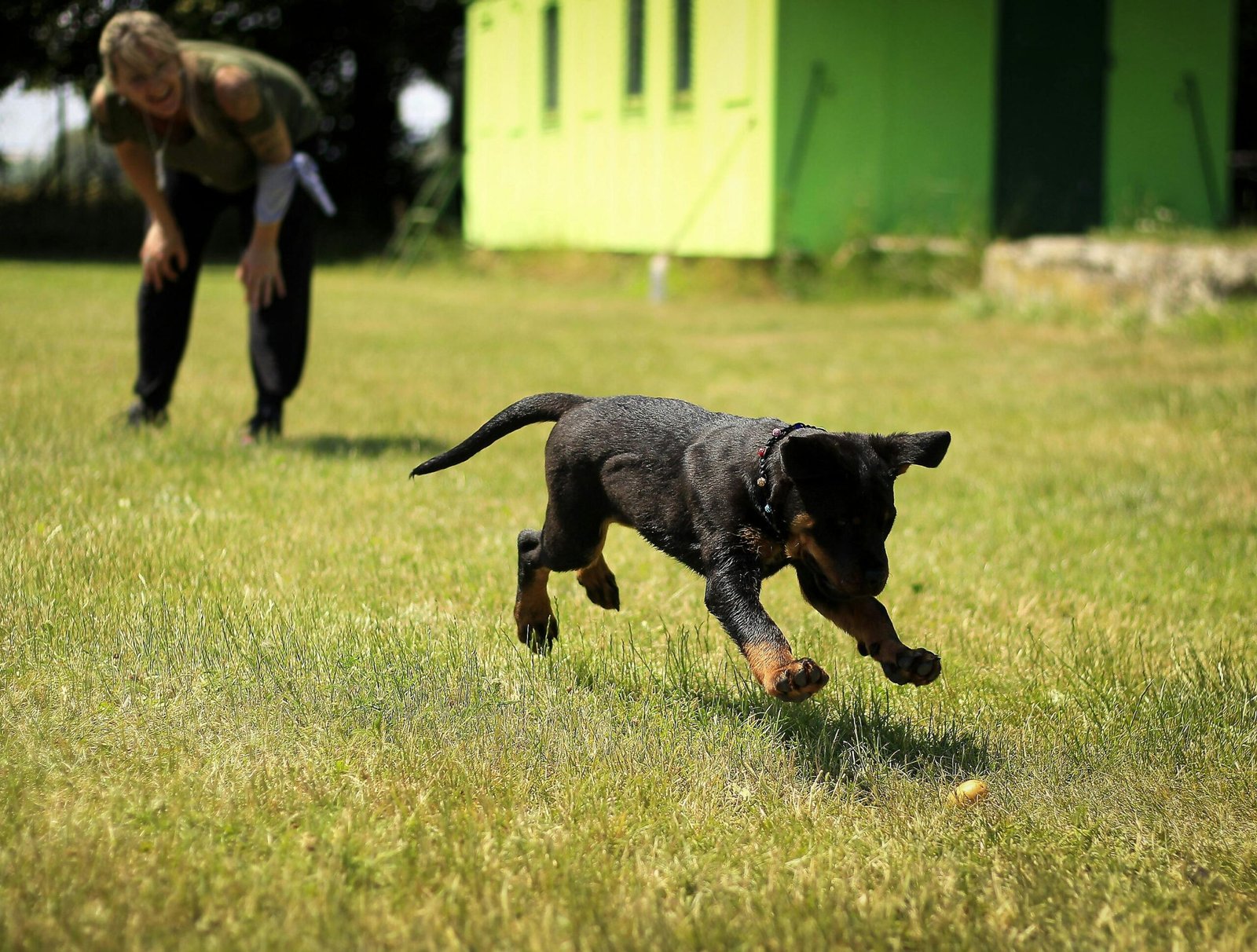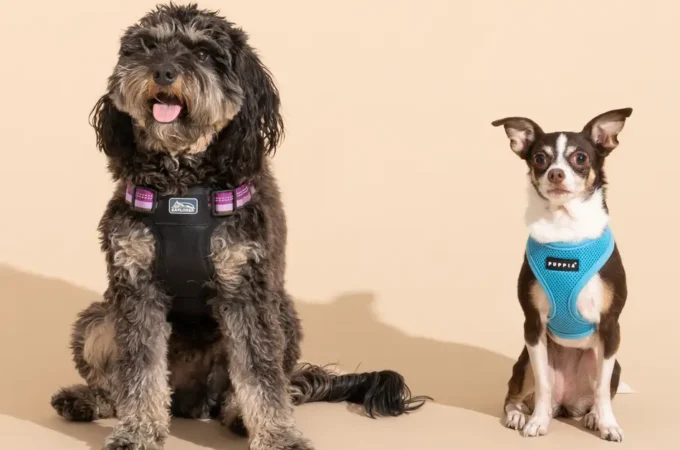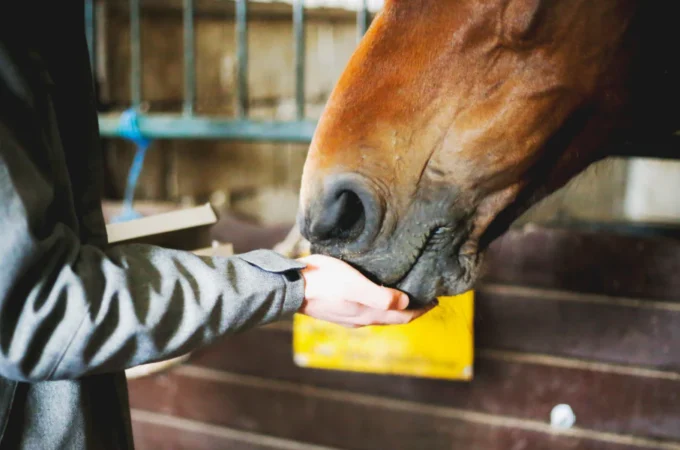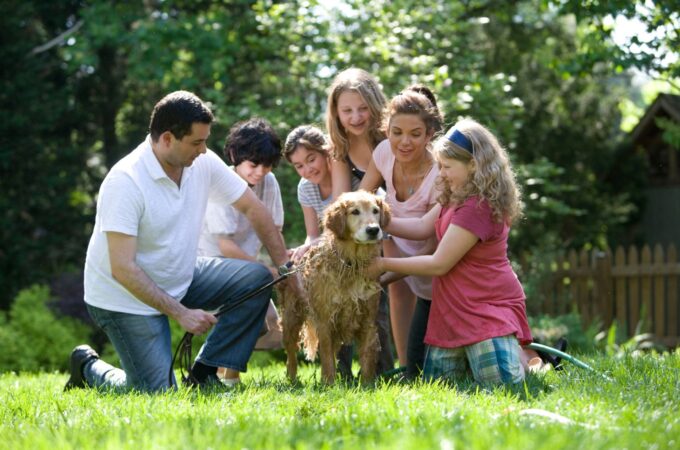
How to Handle an Aggressive Rescue Dog And Still Build a Loving Bond
Bringing home a rescue dog is equal parts heartwarming and nerve-wracking. Maybe you were drawn in by big brown eyes behind metal bars, or a scruffy tail that wouldn’t stop wagging. But sometimes, after that first burst of hope wears off, you discover your new family member’s carrying some pretty heavy baggage.
If your rescue shows aggression—growling over food, barking at new people, or seeming overwhelmed by the world—you’re not alone. And you absolutely aren’t a failure.
Let’s walk through practical steps to keep things safe and loving, for both your dog and everyone else under your roof.
Start With Empathy And Realistic Expectations
First off: aggression in rescue dogs usually traces back to old hurts or fear, not stubbornness or “badness.” Imagine language barriers, new smells, and a calendar wiped clean of predictability. Add possible trauma or neglect. That’s a tough start for any creature. Give your rescue time to get used to the new normal—days, weeks, or months, not just hours. Patience is your friend.
Safety First—For Everyone
If your new dog lashes out or seems unpredictable, safety needs to come before training breakthroughs. Use gates, crates, or closed doors to manage introductions to new people or other pets. Short walks in quiet areas work better than crowded parks. Never leave aggressive dogs alone with children, even for a second. The ASPCA has smart tips for keeping the environment calm while you work through the early transition.
Observe and Record Triggers
Keep a notepad or use your phone to jot down what seems to set your pup off. Is it food, toys, strangers, or even certain sounds? Don’t try to avoid all triggers forever, but the more you know, the more targeted your training can be. Look for subtle signs, like stiffening, licking lips, or tucked tails, so you can step in before a full-blown incident.
Professional Help Makes a Difference
Aggression is complicated, and there’s no shame in asking for help. A reputable behaviorist or a professional with expertise in aggressive dog training can spot things most pet parents can’t. Make sure any pro you hire uses positive, science-backed methods—not punishment. Look for trainers who are certified and come with glowing reviews for compassion and results.
Build Trust, Not Just Obedience
Every positive interaction—feeding by hand, gentle play, calm petting—builds a brick in the wall of trust. Praise calm behavior and ignore minor slip-ups when you can. Consistency is key. Give treats, try enrichment toys, and set up a routine so your pup knows when to expect meals, walks, and downtime. Healing takes time, but you’ll start to see small wins.
Celebrate Progress, Even the Tiny Stuff
It’s tempting to focus on setbacks, but every day without a meltdown, every peaceful nap or gentle tail wag, is progress. Take photos, talk with other rescue parents, and remind yourself you’re doing real, good work—even on the tough days.
With patience, safety, and the right support, even the most anxious or reactive rescue can grow into a loving, happy companion. The journey might be bumpy, but it’s full of hope—and plenty of tail wags waiting at the finish line.




